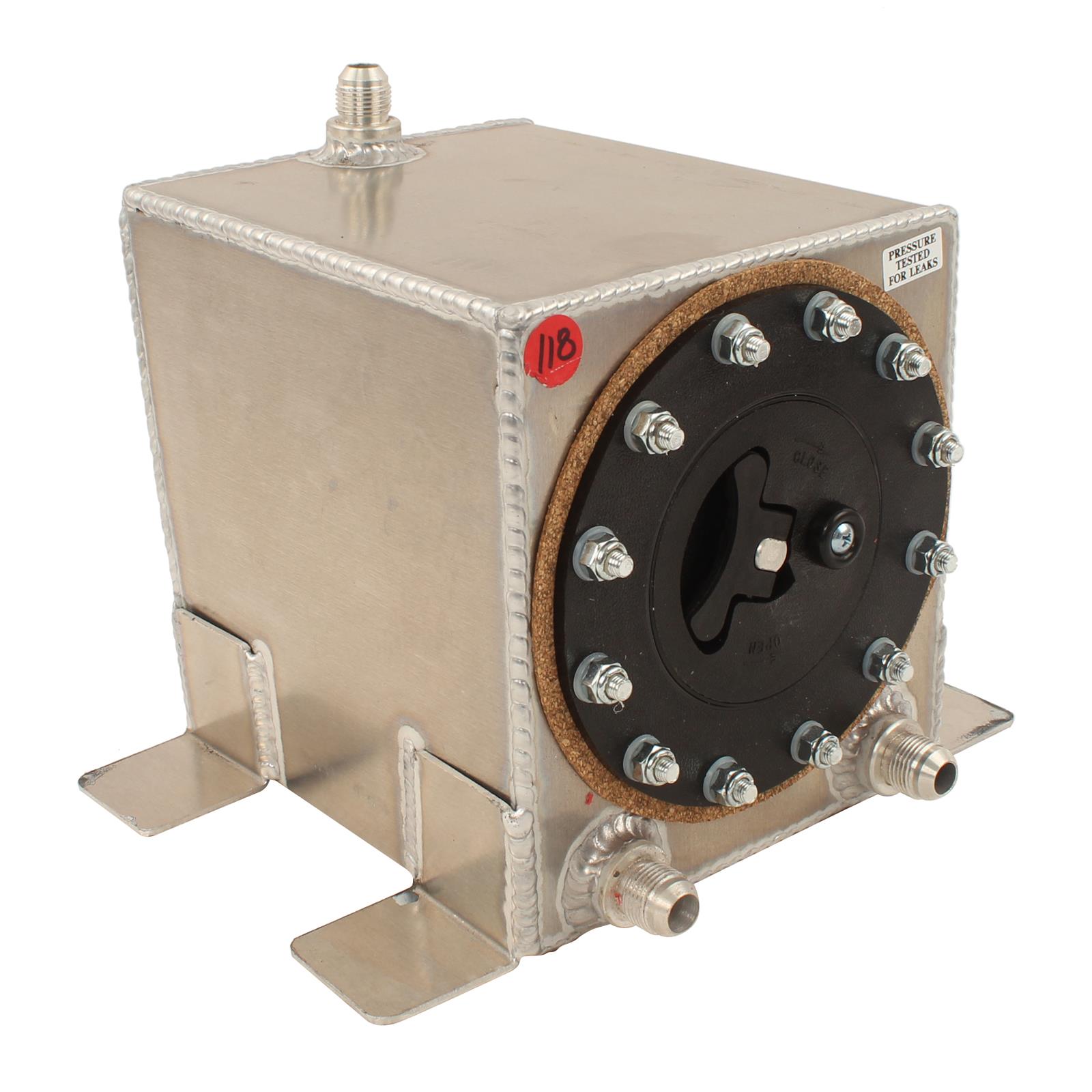Originally posted by Bcone1381
View Post
For those who are using EFI, be sure that its simple to operate without having special operating limitations.
My preference at this juncture in time would be to use a single 5 gallon header tank located aft of the cargo area with an on-off fuel valve.
Bill, its been decades since I last flew a low wing injected aircraft. I sense I may be missing something due to your post...



Comment